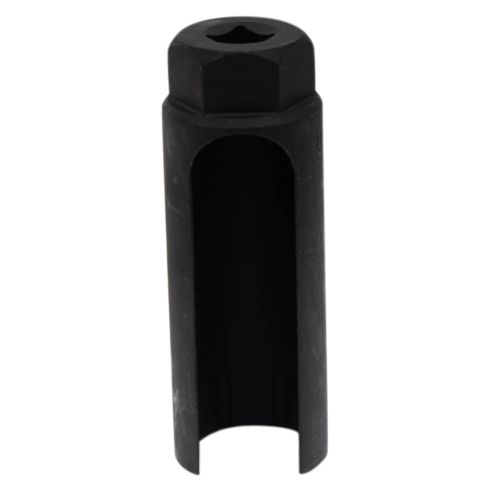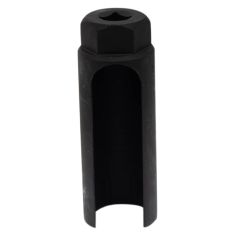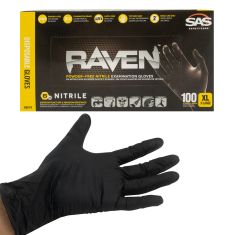1AAST00001-Heavy Duty Oxygen Sensor Install Socket TRQ TLK01007



Heavy Duty Oxygen Sensor Install Socket


Frequently bought together
Product Reviews
Loading reviews
Customer Q&A
No questions have been asked about this item.








